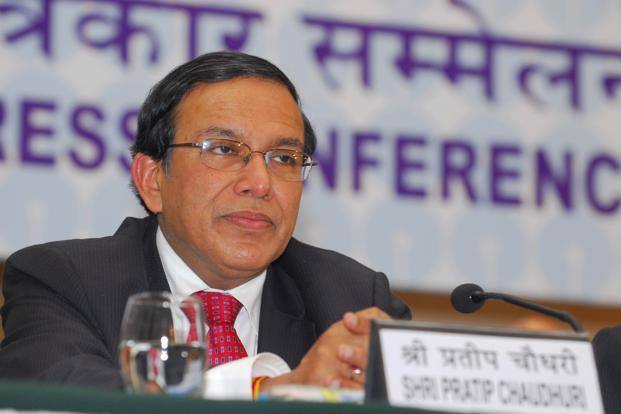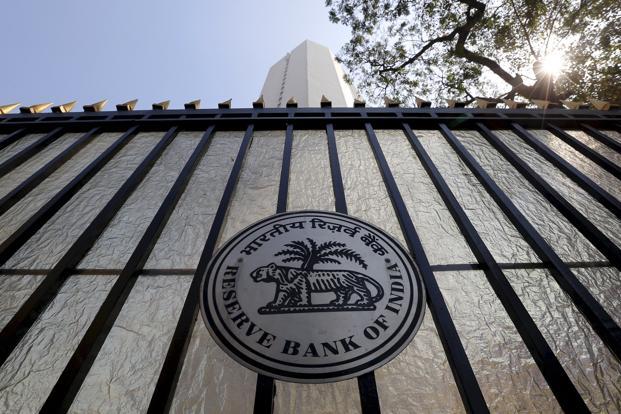he first column in every January is typically invested in crystal-ball gazing. In the past few years, I did try to be funny by cooking up new year resolutions of important financial sector personalities that were never made. Many readers liked them, but I am not very sure whether those who were featured enjoyed it. This time around, I would like to come back to the trodden path.
The biggest fear I have for 2012 is that not all Indian corporations will be able to redeem or roll over their foreign currency debt. About $90 billion worth of external commercial borrowings, foreign currency convertible bonds and other overseas exposures are due for redemption in the next 12 months and many Indian firms may not be in a position to redeem them. If indeed that happens, I am not very sure how many foreign lenders would like to roll them over. They are turning increasingly risk-averse and there is a liquidity problem. Depreciation of the local currency will add to it as those firms who have not hedged their foreign currency exposures run huge risks. There could be a big mess. I will be happy to be proved wrong on this.
One thing is for sure that the Reserve Bank of India (RBI) will start paring the policy rate this year and inflation will come down. By March, the wholesale price inflation should be around 7.5%, because of the sheer base effect, if not anything else. More than the wholesale price inflation, RBI will keep its eyes on the non-food manufacturing inflation, a proxy for core inflation, which has actually moved up in November. A few analysts believe the rate-cutting cycle can start as early as this month. I would like to believe RBI will wait till the core inflation comes down. It may also go for a cut in banks’ cash reserve ratio or the portion of deposits that commercial banks need to keep with the central bank before a rate cut.
Theoretically, infusion of liquidity will bring down the cost of money faster than a cut in interest rates. This is because, if the system has adequate liquidity, the reverse repo rate, which is 1 percentage point lower than repo rate, becomes the policy rate. RBI infuses money into the system through its repo rate (currently at 8.5%) and drains liquidity at the reverse repo rate (7.5%). This means, adequate liquidity in the system will bring down the rate by one full percentage point which four rate cuts can do.
The biggest event in the financial sector that everybody has been waiting for—the birth of a new set of private banks—may not happen this year. RBI had last year released the first draft on the licensing norms after consulting the finance ministry, but the final norms may not come unless Parliament amends the banking law and empowers the regulator to dismantle the board of a bank if it lacks in corporate governance.
It won’t be an easy year for banks. A rate cut will help them make money on bond trading, as bond prices rise when yields drop, but a slowing economy will affect the quality of corporate assets. They will pile up bad loans in agriculture, too, as all farmers aren’t forthcoming to pay back bank money, despite a good crop. In some parts of rural India, bankers are facing resistance from farmers who feel that a weak government will yet again come out with a bailout package to give relief to farmers and buy their votes. Piling bad debts will affect banks’ profitability as they need to set aside money for such debts, but no bank will sink as banks now have ways to tackle such a development, which they did not have earlier. Corporate debt restructuring is one such way. We will see many loans being restructured to protect industries as well as banks.
Banks with overseas exposure may particularly find this year tough as there could be liquidity problem. Some of the overseas regulators have already made it mandatory that money raised locally needs to be deployed there and cannot be transported to India. This is shrinking their business. Besides, the foreign lenders are no longer forthcoming with their money lines for Indian banks as they are increasingly turning risk averse. Typically, Indian banks operating overseas have such arrangement in place to take care of their resource need, but now they will have to go slow in building their loan book.
The theme of the year will be efficiency as the financial sector will no longer be able to exploit the real sector. Nobody can stop the financialization of the real sector and question the importance of the banking system, but it may not be encouraged to grow at the cost of the real sector. The pressure has been on the banks to change the way they operate even though the Indian story is very different from the US and Europe where taxpayers’ money was spent to bail out banks.
Indian banks are well-capitalized and don’t have too much of bad assets, but they need to explore newer ways to make money by being innovative. Savings bank deregulation and rise in interest rates on non-resident Indian deposits will increase the cost of funds for banks. Similarly, abolition of penalty on prepayment of floating rate home loans will cost banks part of their income. With the increasing focus on protection of consumers—and rightly so—banks will need to increase productivity and efficiency if they want to stay relevant.
Finally, I will not be surprised if the government decides to go for a proxy sovereign bond on the line of Resurgent India Bonds to bolster the nation’s foreign exchange reserves. Although India’s overall foreign exchange reserves are more than $300 billion, foreign currency reserves—about $270 billion—can roughly cover seven months’ imports bills. More reserves are welcome and one way of doing it could be a bond issue as it may take a while to resume foreign funds flow to the market.



